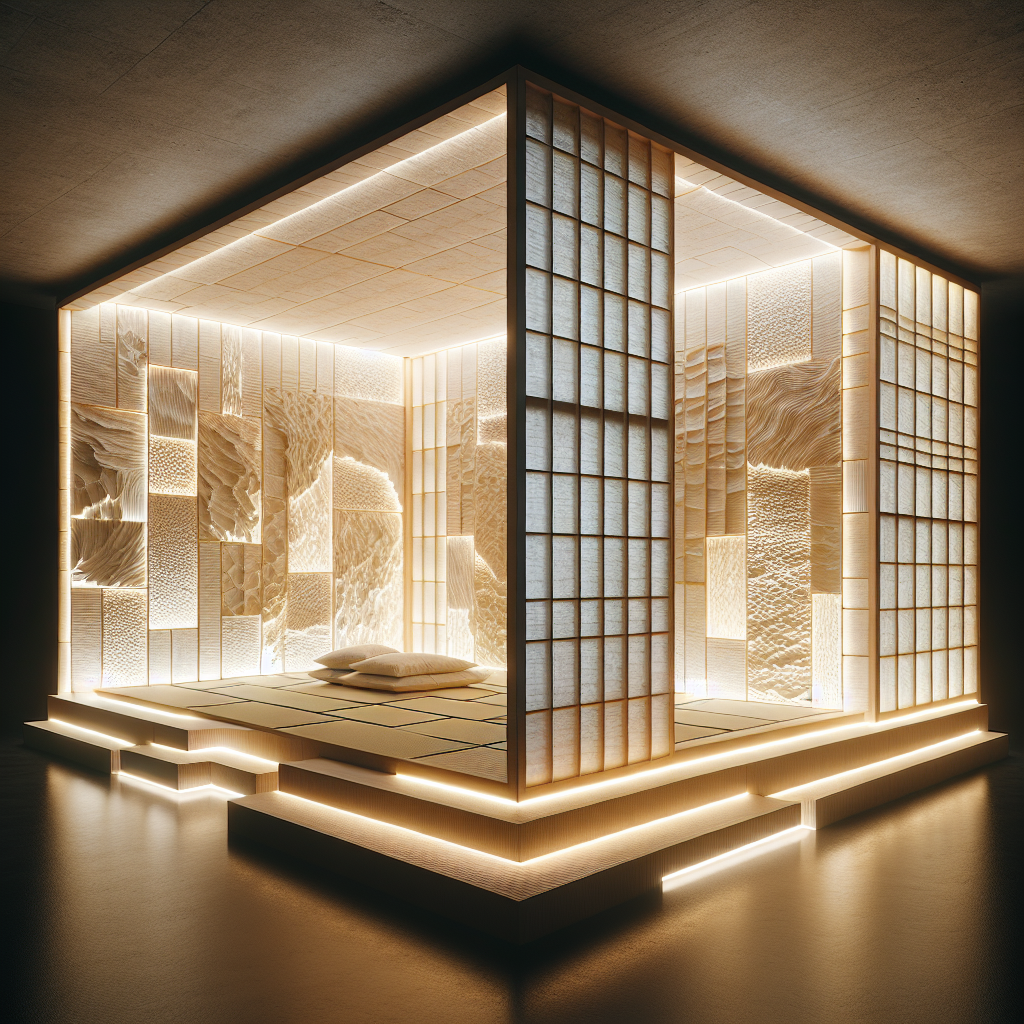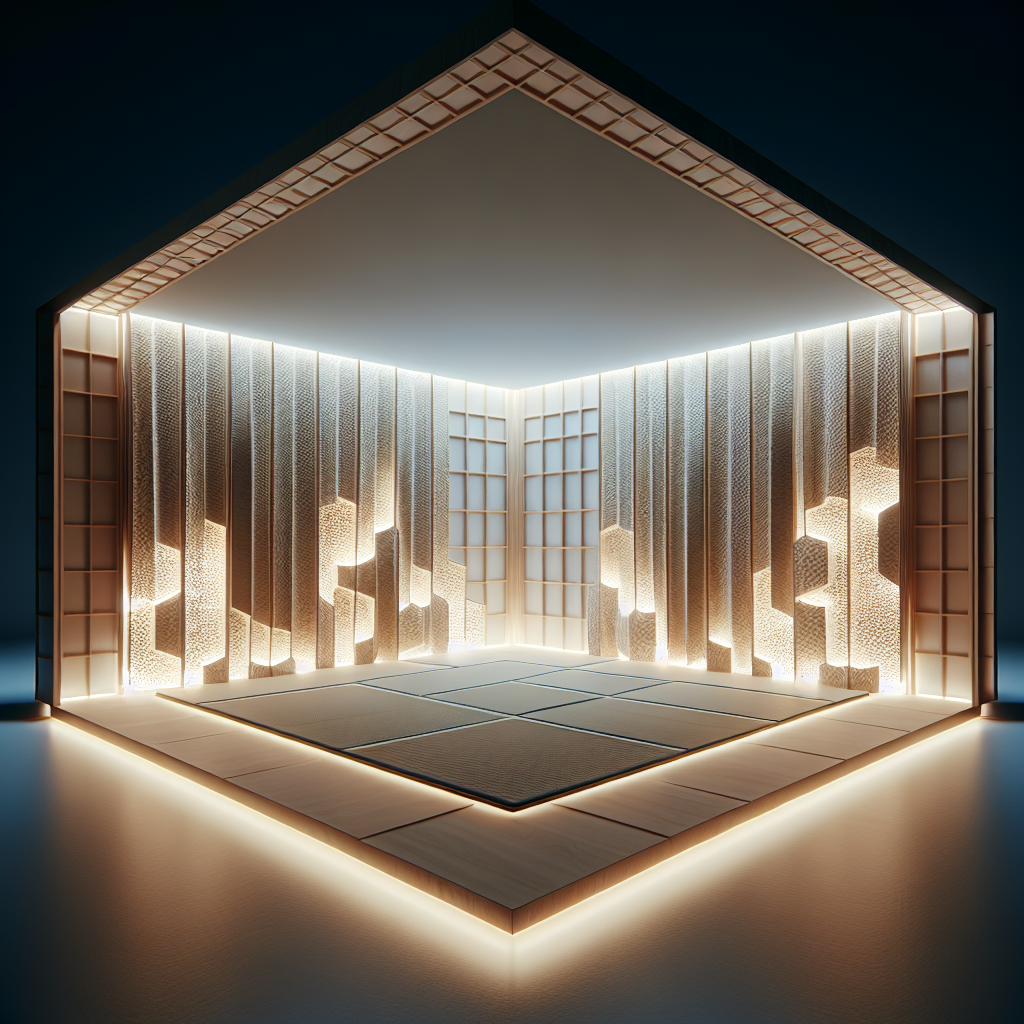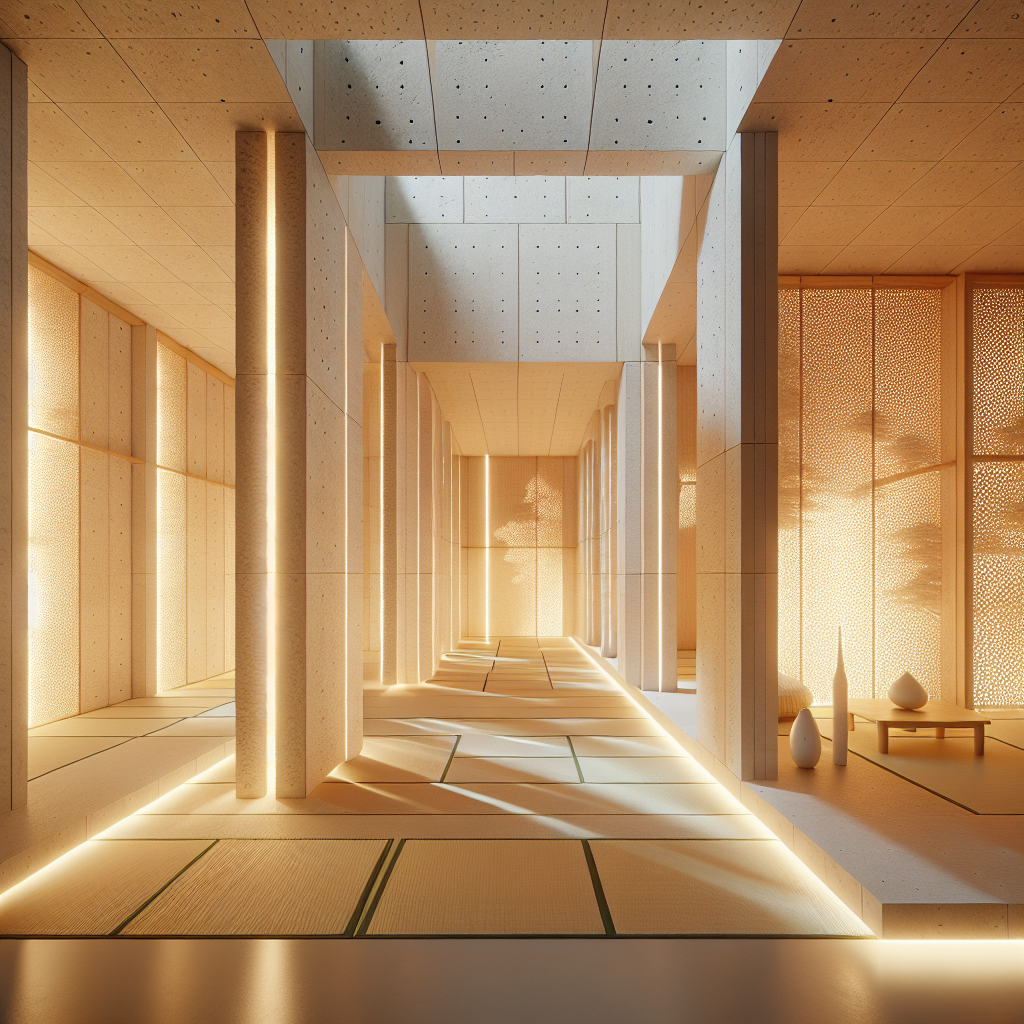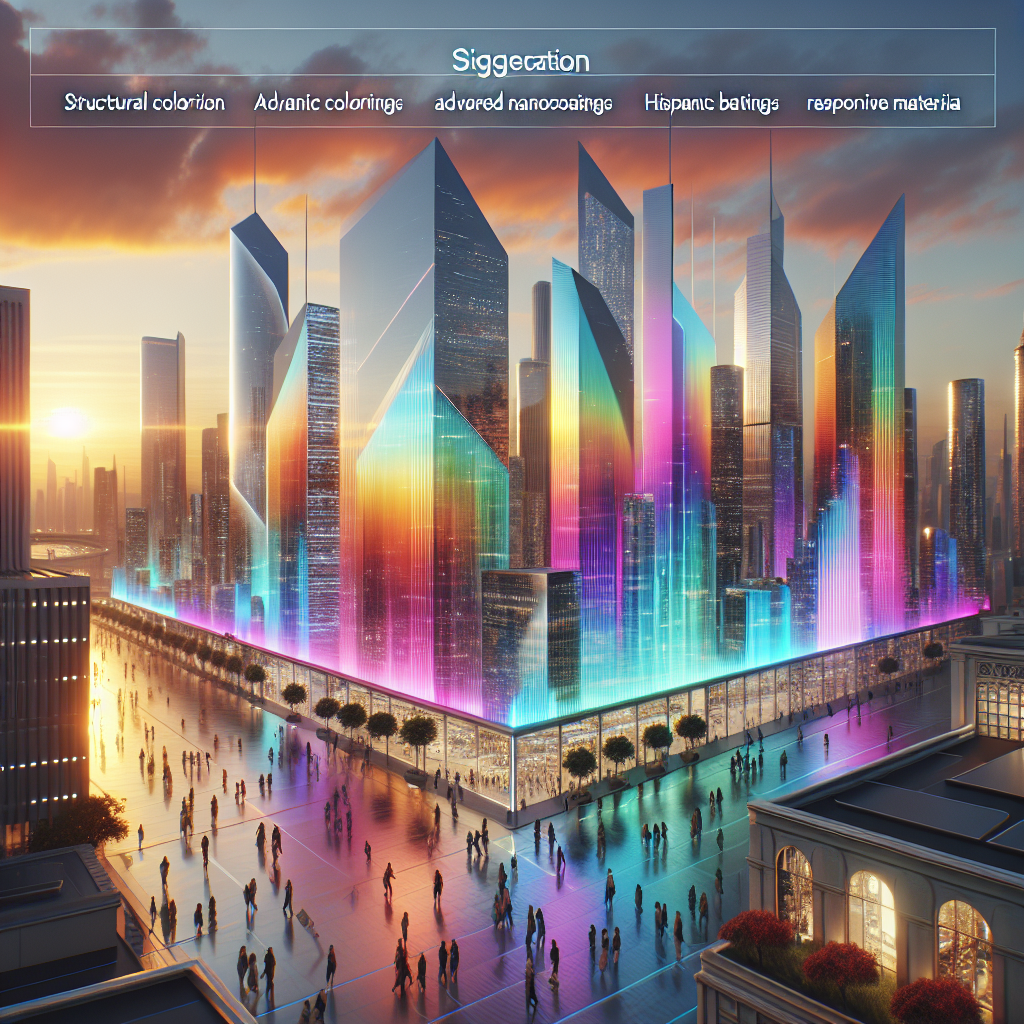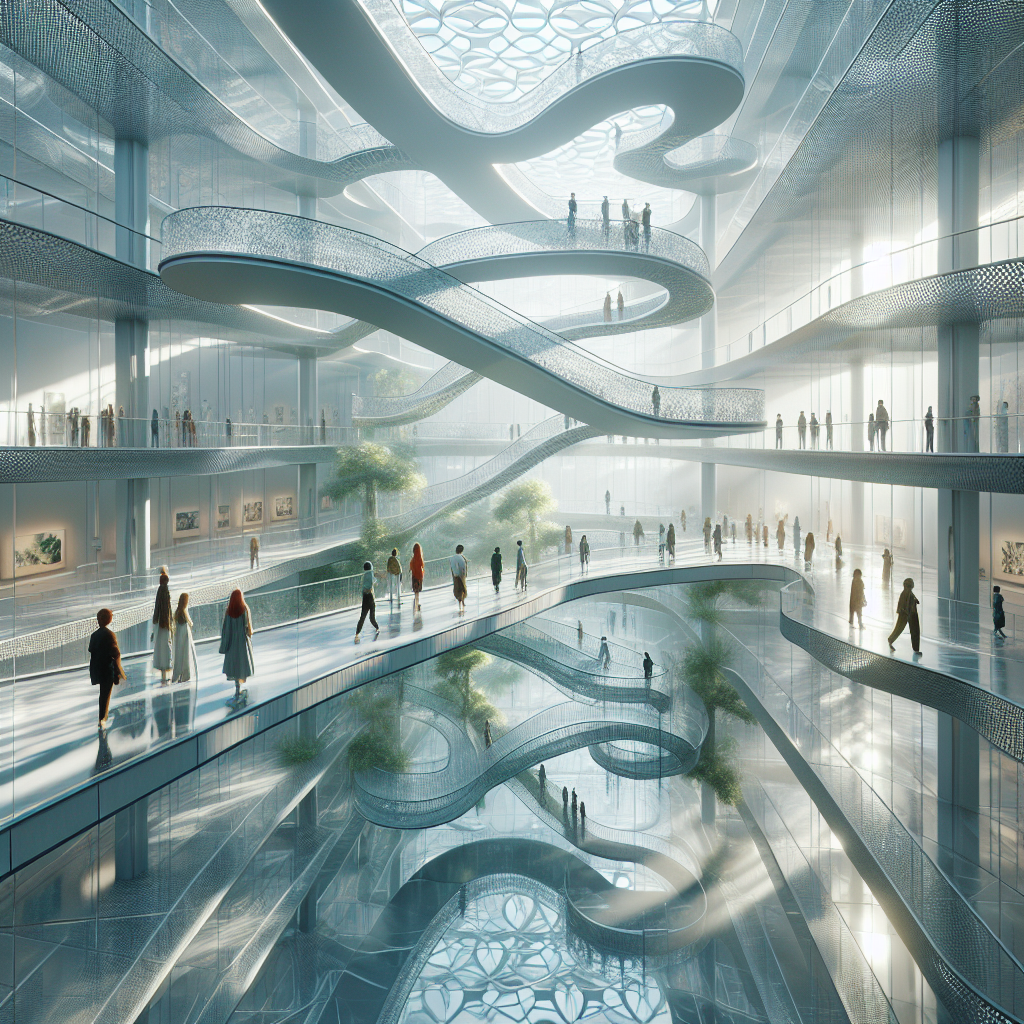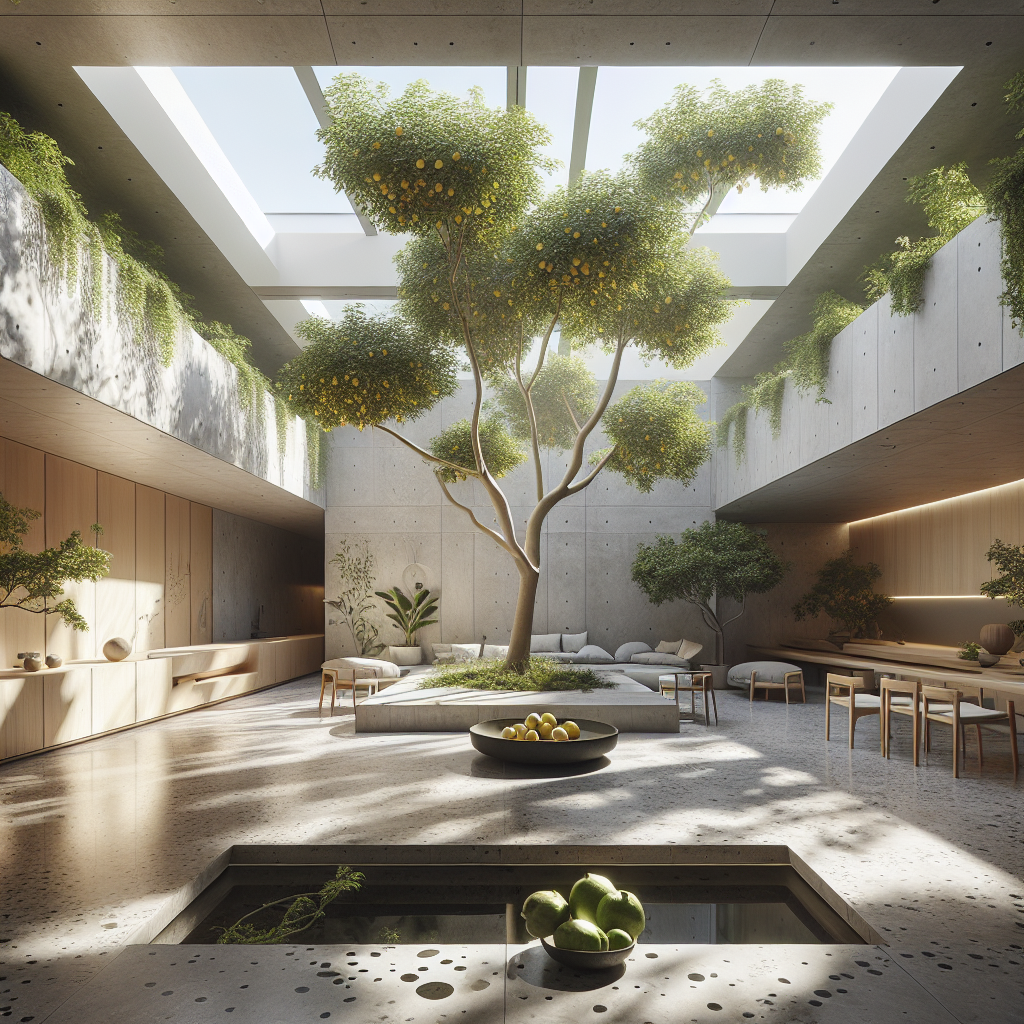Paper luminaries glowing: partitions made from recycled pulp
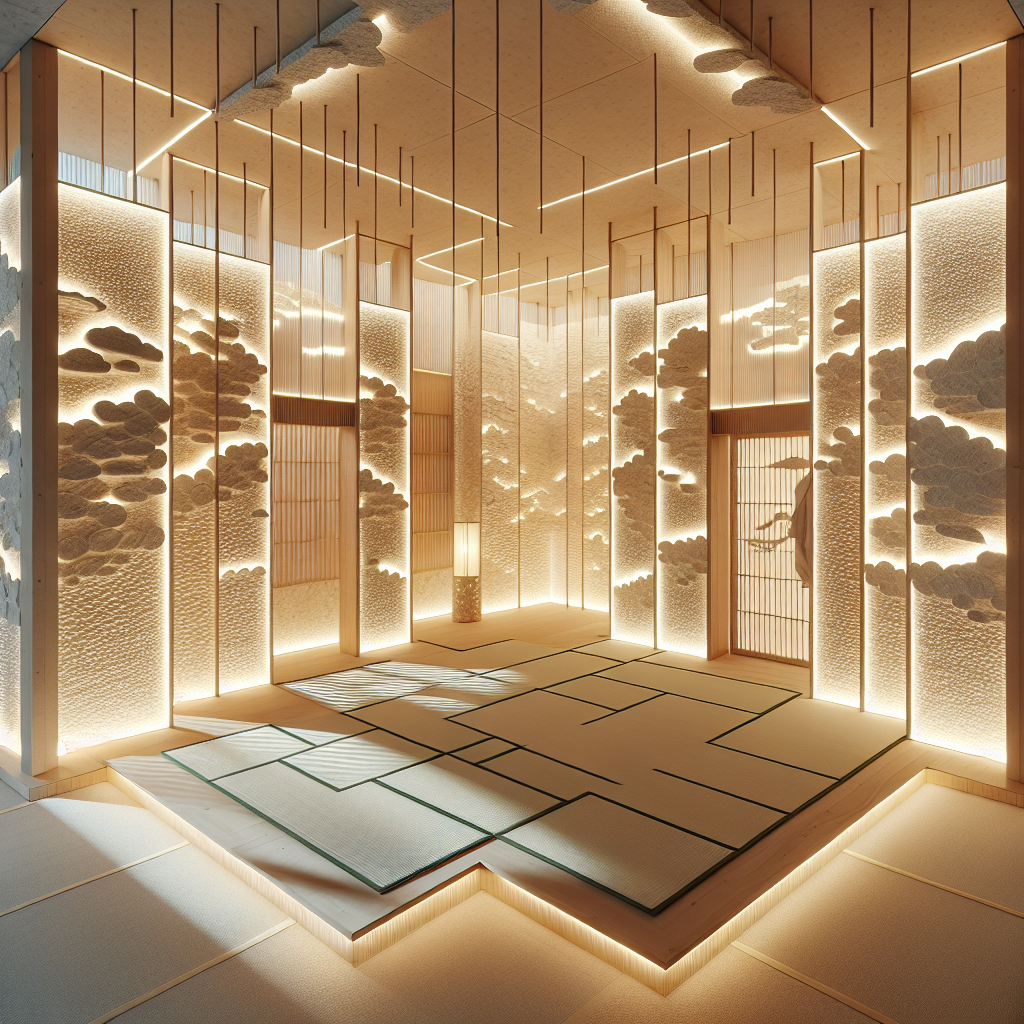
Paper Luminaries Glowing: Partitions Made from Recycled Pulp
In the ever-evolving landscape of sustainable design, a quiet revolution is taking shape—literally. Designers and architects are turning to recycled paper pulp not merely as a humble material for packaging or craft, but as a sophisticated medium for architectural partitions that glow, breathe, and transform interior atmospheres. These paper luminaries—semi-translucent walls crafted from repurposed cellulose fibers—are redefining how light, texture, and sustainability converge in contemporary spaces.
The Rise of Paper-Based Architecture
Paper has long been underestimated in the architectural lexicon. Yet, its history as a building material stretches back centuries, from the traditional washi screens of Japan to the experimental paper shelters designed by Shigeru Ban in the 1990s. Today, a new generation of designers is rediscovering its potential through advanced recycling technologies and bio-based binders that elevate pulp into a durable, luminous architectural element.
In a world increasingly defined by the circular economy, paper pulp offers a poetic solution: transforming waste into wonder. The material’s fibrous composition allows for intricate surface manipulation—embossing, layering, and perforation—creating panels that diffuse light like handmade parchment. When backlit, these partitions emit a soft, organic glow that feels both ethereal and grounded, a tactile antidote to the cold precision of glass or metal.
Material Alchemy: From Waste to Warmth
The process begins with post-consumer paper—magazines, office waste, and cardboard—shredded and mixed with water to form a slurry. This pulp is then combined with natural binders such as starch or clay, sometimes reinforced with bamboo fibers or biopolymers for structural integrity. The result is a composite that is lightweight, sound-absorbing, and remarkably versatile.
Unlike traditional drywall or composite panels, recycled pulp partitions can be molded into organic forms or pressed into modular tiles. Their porosity enhances acoustic comfort, a quality increasingly valued in open-plan offices and co-living environments. In addition, the material’s breathability helps regulate humidity, aligning with the principles of biophilic design that prioritize human well-being through natural materials and sensory engagement.
Light as a Design Partner
What distinguishes these paper partitions is their relationship with light. When illuminated from within or behind, they become luminescent membranes—surfaces that blur the boundary between wall and lamp. The effect is atmospheric rather than functional, reminiscent of lantern-lit pavilions or the diffused glow of dawn through rice paper. Designers often describe this phenomenon as “architectural chiaroscuro,” where light and shadow sculpt the perception of space.
Studios such as London’s Gomi Design and Tokyo’s KAMI Atelier have pioneered installations where recycled pulp panels double as lighting fixtures. In one notable project, a co-working hub in Copenhagen features a series of freestanding paper partitions embedded with LED filaments. By day, they appear as soft-textured dividers; by night, they transform into glowing sculptures that animate the interior with a rhythmic pulse of light.
Craft Meets Technology
The renewed interest in paper as a building medium coincides with advances in digital fabrication. CNC milling, laser cutting, and 3D pulp molding allow designers to achieve precision previously impossible with such a delicate material. These technologies echo the spirit of digital fabrication movements that merge artisanal craft with computational design.
Some studios are experimenting with parametric patterns—algorithmically generated perforations that modulate transparency and airflow. The resulting panels act as both light filters and environmental regulators, offering a sustainable alternative to synthetic composites. This interplay of craft and code underscores a broader shift in design thinking: sustainability is no longer an aesthetic constraint but a driver of innovation.
Applications Across Typologies
From boutique hotels to cultural pavilions, recycled pulp partitions are finding diverse applications. In residential interiors, they serve as flexible room dividers that allow privacy without sacrificing luminosity. In retail, they provide a tactile backdrop for product displays, enhancing the sensory experience of space. In museums and galleries, they are used as temporary installations—lightweight, recyclable, and easily reconfigured.
Architects are also exploring outdoor applications, treating pulp panels with natural resins to improve moisture resistance. These weatherproof versions have appeared in pop-up pavilions and art festivals, echoing the ephemeral spirit of environmental storytelling through biodegradable materials.
Sustainability Metrics and Market Momentum
According to a 2024 report by the World Green Building Council, the global market for sustainable interior materials is projected to exceed $400 billion by 2030, with cellulose-based composites representing one of the fastest-growing segments. The appeal lies not only in their ecological credentials but also in their emotional resonance: recycled pulp evokes a sense of renewal, of material rebirth.
In terms of lifecycle analysis, paper pulp partitions boast a carbon footprint significantly lower than gypsum or PVC alternatives. Their recyclability aligns with net-zero strategies increasingly adopted across the design industry, echoing the ethos explored in net-zero design practices. Moreover, the tactile warmth of pulp surfaces offers a psychological counterbalance to the digital saturation of modern life—a return to the tangible and imperfect.
Case Study: The Kyoto Light Pavilion
One of the most compelling examples of this material’s potential is the Kyoto Light Pavilion, completed in 2025 by Japanese architect Reiko Tanaka. The structure’s interior is defined by undulating partitions made entirely from recycled washi pulp reinforced with hemp fibers. During the day, sunlight filters through the semi-translucent walls, casting soft gradients across tatami floors. At night, embedded LEDs transform the pavilion into a glowing lantern visible from the surrounding gardens.
Tanaka describes her approach as “designing with shadows,” a concept rooted in Japanese aesthetics and popularized by Jun’ichirō Tanizaki’s seminal essay In Praise of Shadows. The pavilion exemplifies how recycled pulp can transcend its humble origins to become a medium of poetic expression—sustainable, sensory, and deeply cultural.
Challenges and Future Directions
Despite its promise, the widespread adoption of recycled pulp in architecture faces challenges. Moisture sensitivity remains a concern, particularly in humid climates. Researchers are addressing this through bio-based coatings and hybrid composites that combine pulp with mycelium or chitosan. Fire resistance is another area of active innovation, with mineral additives improving safety without compromising translucency.
There is also a perceptual hurdle: convincing clients and developers that paper can be premium. Yet as luxury brands increasingly embrace sustainability, the narrative is shifting. In the same way that recycled glass and reclaimed wood have entered the high-end design vocabulary, paper pulp is poised to follow suit—especially as its aesthetic qualities align with the minimalist, tactile sensibilities dominating contemporary interiors.
A New Luminous Ethos
In the broader context of sustainable architecture, recycled pulp partitions embody a new ethos—one that values lightness, impermanence, and renewal. They invite us to rethink the boundaries between structure and atmosphere, between material and immaterial. As designers continue to explore the expressive potential of humble resources, the glow of paper luminaries may well become a defining symbol of 21st-century design: elegant, ecological, and quietly transformative.
In a world increasingly defined by scarcity and excess, these glowing partitions remind us that beauty can emerge from what we discard. They are not just walls—they are stories of transformation, illuminated from within.
For further reading on sustainable material innovation, explore related features such as biodegradable architecture and reclaimed materials in design.
—
